On entering through the palace gate, you walk along a long corridor flanked by French-style green spaces. Then climb seven steps to the palace-turned-museum of Mohamed Mahmoud Khalil and start a journey amid wonderful works of art by pioneers of the international plastic movement.
The palace, which stands on an area of 8,450 square metres, was built in 1915. Five years later, Mohamed Mahmoud Khalil (1877-1953) took up residence here.

Tarek Mamoun, Director of Mohamed Mahmoud Khalil Museum, told Egyptian Mail, “Khalil Bey served as agriculture minister in 1937 and a President of the Senate in 1939.”
“He was one a collector and patron of the arts, thanks to his French wife who adored art and his friendship with Prince Youssef Kamal, who played a great role in taking care of the plastic movement in Egypt and in representing the international plastic movement in the first half of 20th century,” Mamoun said.
In 1953, Khalil died and left instructions in his will to turn his palace into a museum after his wife’s death. His will was executed in 1962.
In 1971, all the museum collection was transferred to Prince Amr Ibrahim Museum in Zamalek to the place now known as the Islamic Ceramics Museum, where it was displayed while the Khalil museum was turned to be presidential palace during the time of President Anwar Sadat, Mamoun added.
By the early 1980s, the collection was returned to the Khalil museum.
“The museum was closed in 2010 as it was in a dire need of restoration, which began in 2014 and it was reopened earlier this month,” he said.
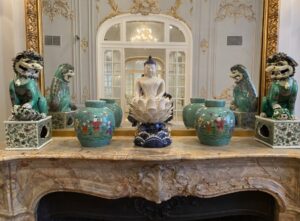
The name of the museum is linked with a story of art theft. One of the most prominent acquisitions was an 1887 painting Poppy Flowers by Vincent Van Gogh. The painting was stolen from the museum in June 1977. It was recovered ten years later in Kuwait. However, it was stolen again in August 2010, due to the poor state of alarms and CCTV.
“The most important part in restoring the museum was tightening and updating security measures following the disappearance of Poppy Flowers,” Mamoun said.
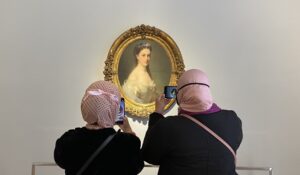
The display scenario is devoting one hall to the work of one artist, so the development of the painter’s style can be observed.


The three-storey museum houses 850 paintings, sculpture, ceramics and antiques.
Of the stunning artworks is a bronze statue entitled l’Appel aux Armes (Call to Arms) by French sculptor Auguste Rodin (1840-1917).
Another bronze statue called Cheikh Arabe du Caire (Arab Sheikh from Cairo) by French sculptor Charles Cordier (1827-1905), who was known for his ethnographic subjects, is on display with an interesting bronze work showing a nightingale perched on a branch by Belgian sculptor Meester de Betzenbroeck (1904-1995).
An oil-on-wood painting by Charles-François Daubigny (1817-1878) called Windmills on the Maas (Meuse) River in Holland is one of the museum’s masterpieces. Daubigny was one of the main artists to use the cliché verre, or glass print technique.
Among landscapes and townscapes are a stunning oil-on-canvas work by Italian painter Segantini Giovanni (1858-1899) shows pastures on the Alps, and oil-on-canvas painting by French painter Marie-Gabriel Biessy (1854-1935) features a Cairo street scene of the early 19th century.
The Seine at Argenteuil (oil on canvas) by the French Claude Monet (1840-1926), the founder of French Impressionism jostles for attention with seascapes by French landscapist Jean-Charles Cazin (1840-1901) and Fishing Boats by French painter Cottet Charles (1863-1925), who is also known for his dark, evocative scenes of rural Brittany.
Mohamed Mahmoud Khalil Museum is at 1 Kafour Street, Dokki. It is open daily, except Mondays and Fridays, from 10am to 1:30pm (in Ramadan). To celebrate its reopening, admission is free until the end of Ramadan (May 13).
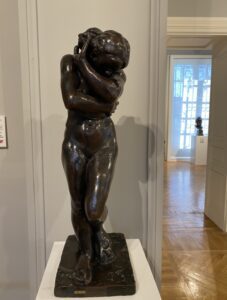
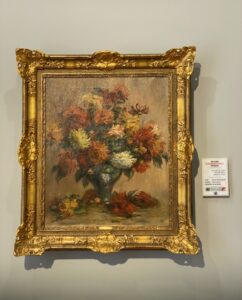
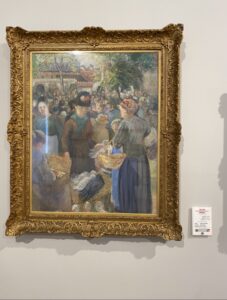
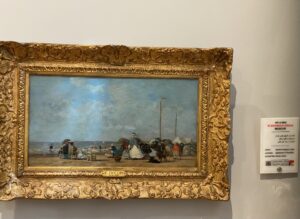






Discussion about this post